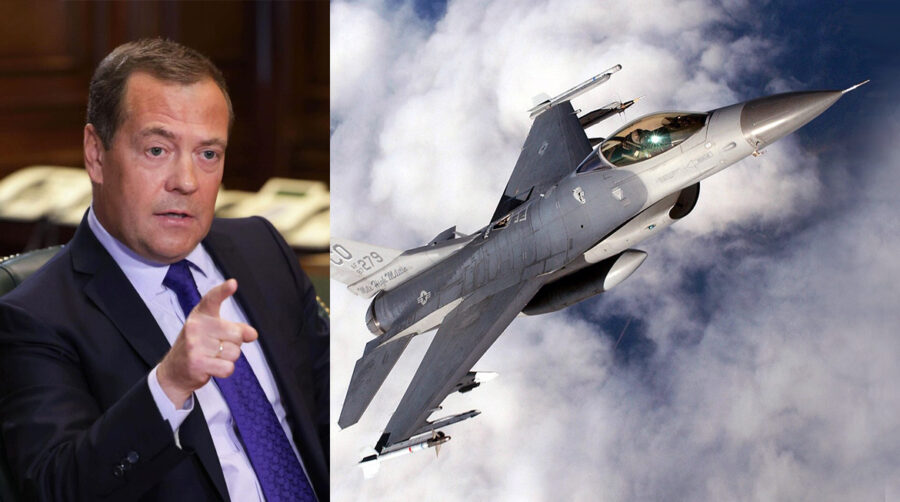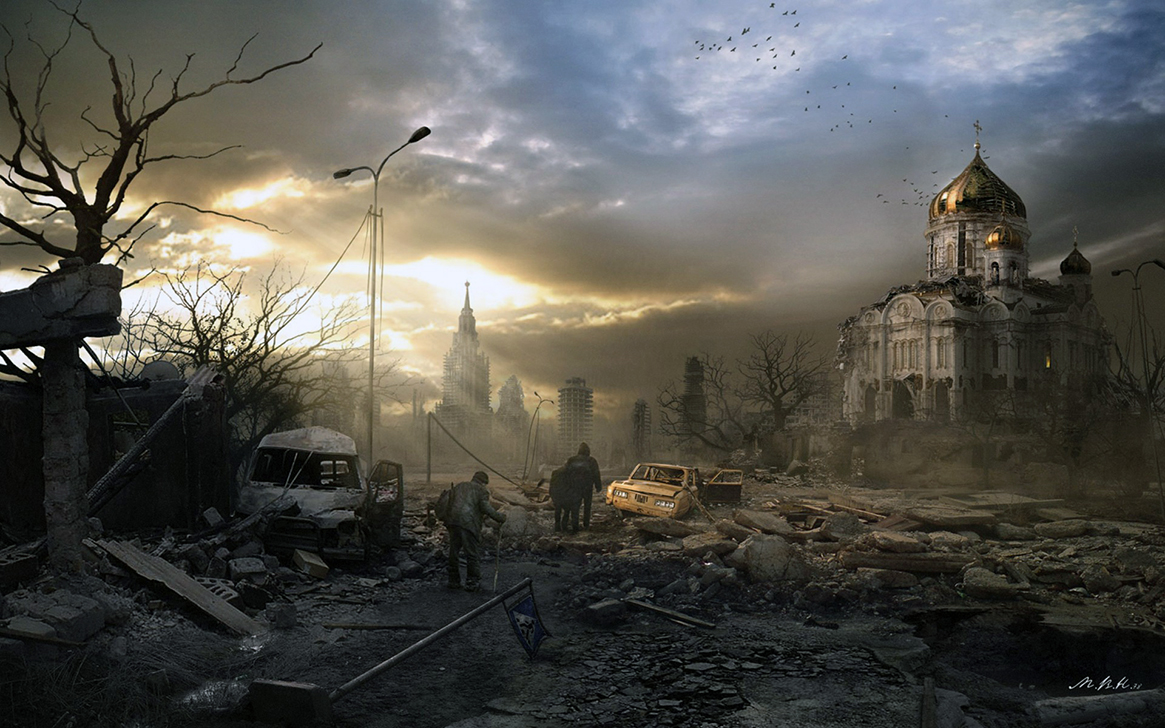The war in Ukraine would have meant a return to the Cold War between Russia and the USA and a return to the Doctrine of Containment, the foundations of which were laid out by George F. Kennan in his essay «The Sources of Soviet Behaviour» published in the journal Foreign Affairs in 1947 and whose main ideas are summarized in the quote «Soviet power is impervious to the logic of reason but very sensitive to the logic of force».
By Germán Gorraiz López, Geopolitical analyst
This would include the entry of Finland and Sweden into NATO military structures and the increase of military forces with 4 new battalions deployed on the European border with Russia and the Russian response to the installation of missiles in Belarus Iskander-M equipped with multi-purpose warheads as well as S-40 anti-aircraft missiles following the dynamics of the Cold War (action-reaction).
For their part, Russia would have installed in Kaliningrad the Iskander M missiles equipped with multi-purpose warheads as well as S-400 anti-aircraft missiles and, in the event of NATO closing the exit of the Soviet enclave of Kaliningrad to the Baltic Sea, could reissue the Kennedy-Khrushchev Missile Crisis (October 1962) which would have as its epicentre Kaliningrad.
NATO’s entry into the Ukrainian war?
With the US immersed in the electoral campaign for the November presidential elections, France, Poland and the United Kingdom would be the trident chosen by the globalists to implode the Ukrainian front next summer and provoke the subsequent entry of NATO into open conflict with Russia of a re-elected Putin until 2030.
Poland seeks to become a local player in the Eastern European hornet’s nest and extend its influence to the Ukrainian area by claiming its right to incorporate the Ukrainian region of Lviv on the Polish map, which was occupied by Poland from 1918 to 1939.
Thus, the Polish president, Andrzej Duda, affirmed that his country is ”willing to accept nuclear weapons” from allied countries in its territory, which has received the harsh and forceful response of Moscow when warning that ”the deployment of such weapons in Poland will make Poland a priority objective in Russian military planning”.

Likewise, in a statement from the Russian Foreign Ministry, Russia has warned that ”the arrival of F-16 fighters in Ukraine will see them as carriers of nuclear weapons, and we will consider that step by the US and NATO as a deliberate provocation” while accusing the West of openly supporting Ukraine’s sabotage actions on Russian territory and supplying Kyiv with British and French long-range missiles as well as the new US ATACMS, which can reach Russian territory.
Within the dynamics of action-reaction typical of the new scenario of Cold War 2.0, Putin has ordered the Armed Forces of his country to conduct shortly tactical nuclear weapons manoeuvres on the southern border with Ukraine.
This would be a Russian response to the claims of French President Emmanuel Macron and other senior British officials ”to be willing to send military contingents to Ukraine”. Thus, France had already deployed in Ukraine its first troops from the French Third Infantry Regiment, which is one of the main units of the French Foreign Legion (Légion étrangère).
Use of tactical nuclear weapons?
If nobody prevents it, everything indicates that we are heading to the next entry of NATO in open conflict with Putin’s Russia, not being disposable the use of ”non-strategic” nuclear weapons, also known as ”tactical nuclear weapons”, according to the Nuclear Threat Initiative (NTI) and of which Russia would have about 1,800 warheads and NATO would have 250 warheads deployed in Europe.
Tactical warheads are those designed to be used on a limited battlefield, such as to destroy a tank column or carrier battle group if used at sea. Therefore, they are also known as ”low performance.”
However, according to the Union of Concerned Scientists, a simulation by Princeton University of a US-Russia conflict that begins with the use of tactical nuclear weapons predicts ”a rapid escalation that would leave more than 90 million dead and injured”, with which the onset of a low-intensity nuclear conflict could degenerate into a large-scale nuclear conflagration with disastrous results for humanity.
By Germán Gorraiz López, Geopolitical analyst

